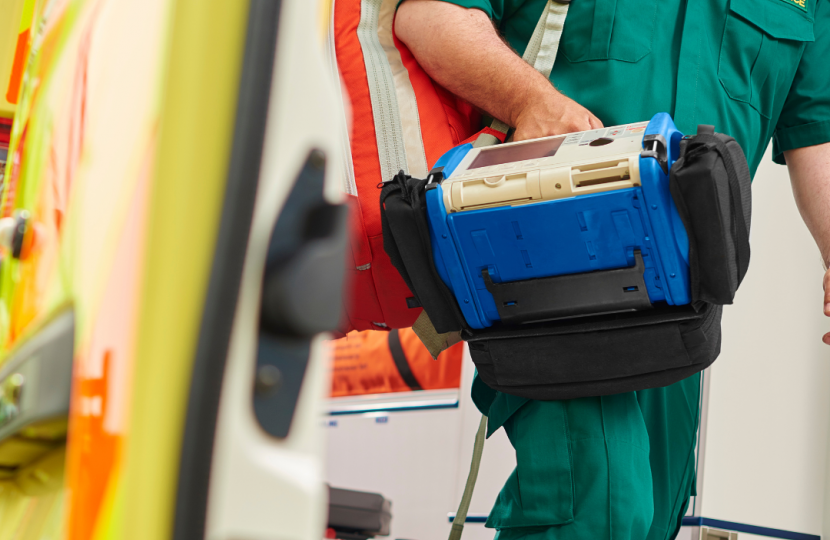
Thanks to measures set out by the NHS in the Elective Recovery Plan, November saw the highest level of monthly activity ever recorded in England. In total, 1.63 million treatments were delivered, which is around 150,000 higher than in November 2019.
As a result of this high level of activity, the COVID backlog has fallen for the second month in a row. This means that 60,000 fewer patients were waiting for care in November (6.39 million) compared to October (6.44 million), which was in turn down on the figure in September (6.5 million).
The reductions in the waiting list included a fall in the number of people waiting over a year, so this figure is now at its lowest level since May 2022. Those waiting over 65 weeks also came down by 59% from its peak in June 2021. In terms of individual procedures, the overall waiting list fell by more than 95,000 – down to 7.6 million in November from 7.7 million in October.
Record diagnostic delivery
November was also a record breaking month for diagnostics, with over 2.3 million vital tests and checks being carried out for patients.
This is 15% higher than in November 2019 and includes over 200,000 patients who received the all clear or a definitive diagnosis for cancer within four weeks.
Urgent and emergency care
At the same time as reducing waiting lists, staff are delivering improvements in urgent and emergency care. When it comes to ambulance call out times, the average time taken to reach a patient with an urgent incident (category 2) was 47 minutes faster than it was in December 2022 so now averaging 45 minutes and 57 seconds. This improvement has been delivered despite increased demand, with 43,000 more category 2 call outs than this time last year.
On top of this, emergency (category 1) ambulance responses were over two minutes faster than the same month last year despite December 2023 being the busiest month for emergency calls in 2023.
Due to the measures rolled out as part of the Urgent and Emergency Care Recovery Plan, there has been a reduction in time lost to ambulance handover delays, which are down by a fifth on the same week last year. Measures rolled out across the country include care ‘traffic control centres’, more ambulance and hours on the road, and innovative use of the NHS’s world-leading virtual ward programme.
The NHS is also making significant progress in its ambition to reach over 99,000 core beds. This is being managed to align to the expected peak in COVID and flu patients that is expected in the coming weeks. Thousands of additional core beds have been added so far, despite the longest period of industrial action in NHS history, and we are on track to deliver the peak in capacity in time for the expected peak in winter demand over the coming weeks.
If you need urgent medical help this winter but you’re not sure where to go, use 111 to get assessed and directed to the right place for you. Call, go online or use the NHS App. nhs.uk/111


